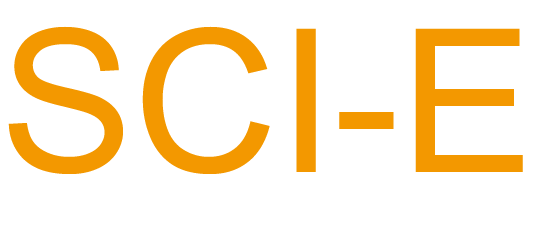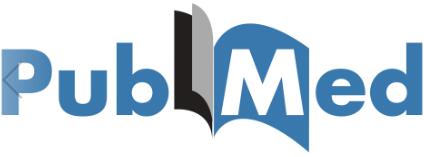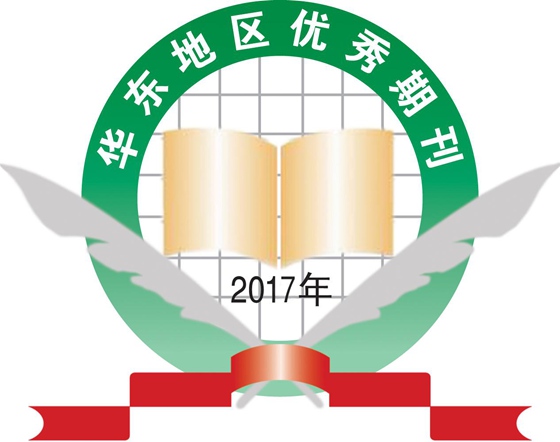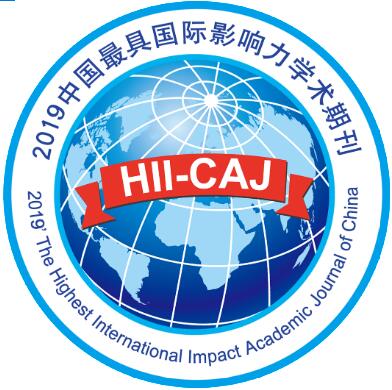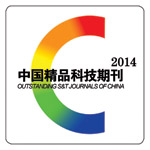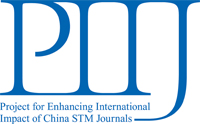Background
Epidermal growth factor receptor tyrosine kinase inhibitor (EGFR-TKI) targeted treatment has been a standard therapy for advanced non-small cell lung cancer (NSCLC), but it is not tolerated well by all patients. In China, some studies have reported that traditional Chinese medicinal herbs (TCMHs) may increase efficacy and reduce toxicity when combined with EGFR-TKI, but outside of China few studies of this kind have been attempted.
Objective
This study is intended to systematically review the existing clinical evidence on TCMHs combined with EGFR-TKI for treatment of advanced NSCLC.
Search Strategy
PubMed, the Cochrane Library, the Excerpta Medica Database (EMBASE), the China BioMedical Literature (CBM), and the China National Knowledge Infrastructure (CNKI) and web site of the American Society of Clinical Oncology (ASCO), the European Society for Medical Oncology (ESMO), the World Conference of Lung Cancer (WCLC) were searched; the search included all documents published in English or Chinese before October 2013.
Inclusion Criteria
We selected randomized controlled trials based on specific criteria, the most important of which was that a TCMH plus EGFR-TKI treatment group was compared with an EGFR-TKI control group in patients with advanced NSCLC.
Data Extraction and Analysis
The modified Jadad scale was used to assess the quality of studies. For each included study, patient characteristics, treatment details, therapeutic approach and clinical outcomes were collected on a standardized form. When disagreements on study inclusion or data extracted from a study emerged, the consensus of all coauthors provided the resolution. The clinical outcome metrics consisted of objective response rate (ORR; complete response + partial response divided by the total number of patients), disease control rate (DCR; complete response + partial response + no change divided by the total number of patients), survival rate, improved or stabilized Karnofsky performance status (KPS), and severe toxicity. RevMan 5.0 software was used for data syntheses and analyses. Risk ratio (RR) and 95% confidence interval (CI) were calculated; if the hypothesis of homogeneity was not rejected (P>0.1, I2<50%), the fixed-effect model was used to calculate the summary RR and the 95% CI. Otherwise, a random-effect model was used.
Results
In this review, 19 studies were included based on the selection criteria. Of them, 13 studies were of high quality and 6 studies were of low quality, according to the modified Jadad scale. When the TCMH plus EGFR-TKI treatment groups were compared with the EGFR-TKI control groups the meta-analysis demonstrated a statistically significant higher ORR (RR 1.34; 95% CI 1.15 to 1.57; P=0.000 2), DCR (RR 1.18; 95% CI 1.09 to 1.27; P<0.000 1), one-year survival rate (RR 1.21; 95% CI 1.01 to 1.44; P=0.04), 2-year survival rate (RR 1.91; 95% CI 1.26 to 2.89; P=0.002) and improved or stable KPS (RR 1.38; 95% CI 1.26 to 1.51; P<0.000 01). Severe toxicity for rash was decreased (RR 0.55; 95% CI 0.32 to 0.94; P=0.03), as were nausea and vomiting (RR 0.17; 95% CI 0.04 to 0.72; P=0.02) and diarrhea (RR 0.46; 95% CI 0.24 to 0.89; P=0.02). Sensitivity analysis indicated that findings of the meta-analysis were robust to study quality. In the funnel plot analysis, asymmetry was observed, and publication bias was indicated by Egger’s test (P=0.03).
Conclusion
TCMH intervention can increase efficacy and reduce toxicity when combined with EGFR-TKI for advanced NSCLC, although this result requires further verification by more well designed studies.
 Table of Content
Table of Content



